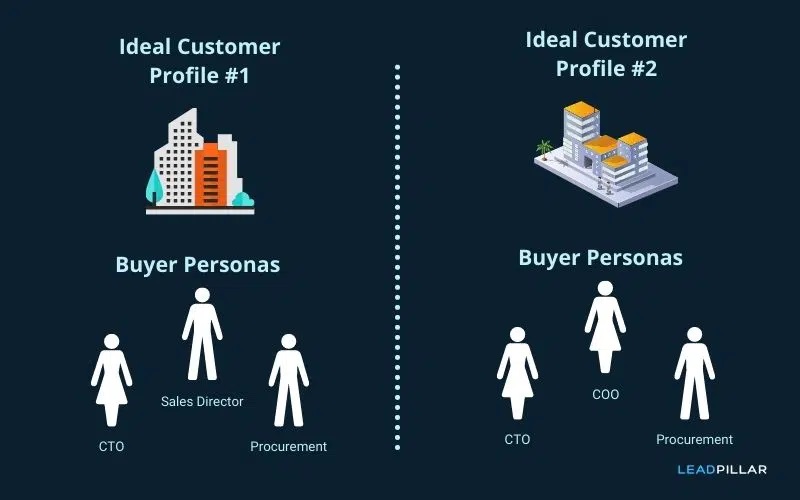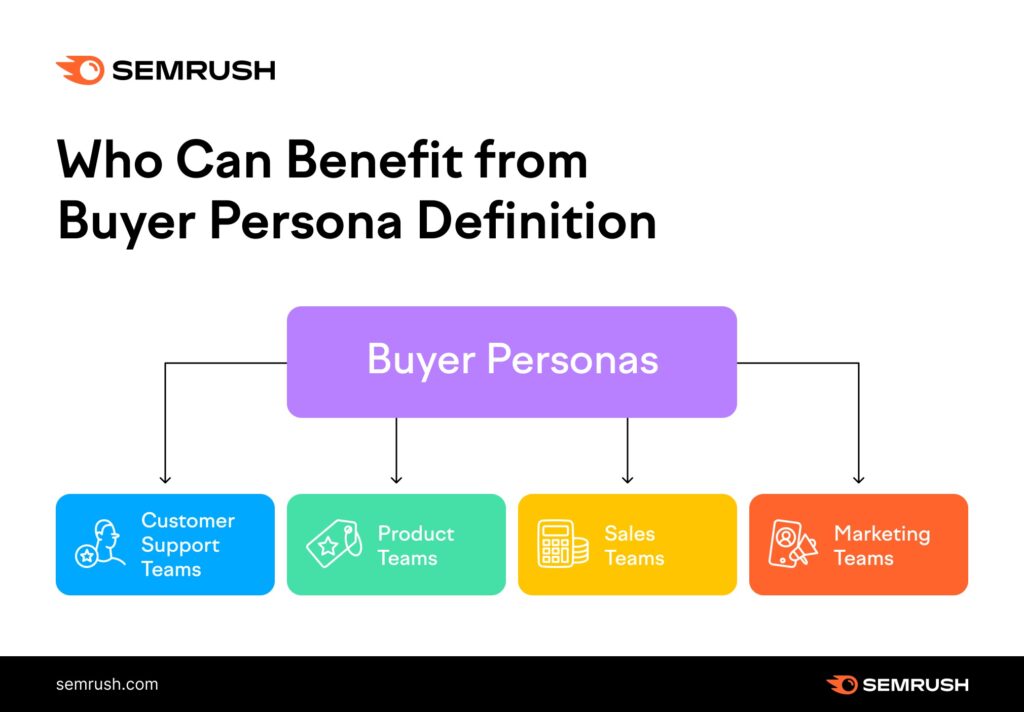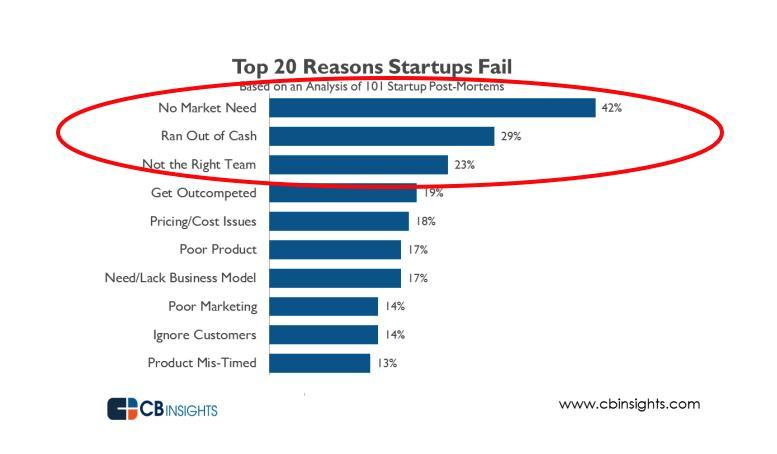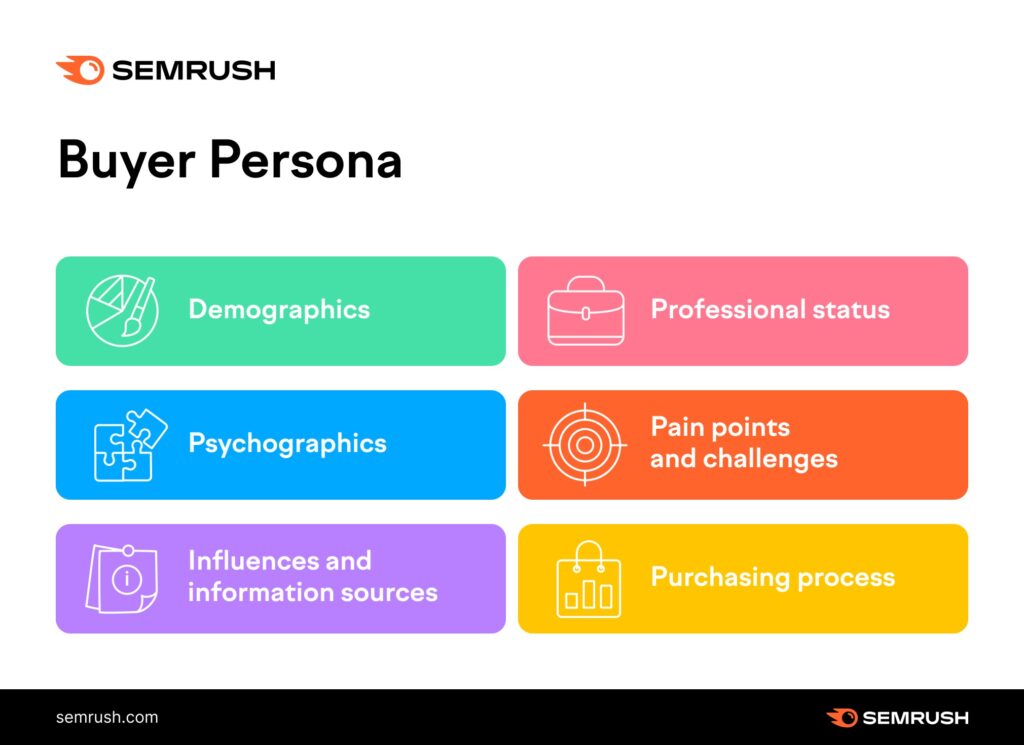Do Buyer Personas Really Help in Lead Generation?

B2B buyers have more options and information at their fingertips than ever before, and nearly three-quarters say they make decisions based on which brands understand them best. That’s why every business needs buyer personas that accurately describe purchase decision makers at their target companies and inform strategies to align with their motivations, goals, and needs.
It’s those key components—needs, goals, and motivations—that transform buyer personas from just another marketing tool to powerful lead-gen drivers.
In this article, we’ll talk about the secret sauce of buyer personas that actually makes them work, then cover 5 actionable steps you can take to build buyer personas for your organization that inspire better strategy and help you grow your business.
Quick Takeaways
- Buyer personas describe individual decision makers within buyer organizations. They are related but different from ICPs, which describe buyers at the company level.
- The magic to making buyer personas that drive better lead gen is to focus on buyer motivation and needs before surface-level descriptors.
- Marketing, sales, product, and customer representatives should all be included in buyer persona development.
- It’s critical to test your assumptions through direct engagement with buyers.
- Always use a detailed template to document your personas and make them shareable with your teams.
Buyer Personas: What They Are and Why They Matter
Buyer personas are research-based, semifictional profiles of individual buyers. For B2B brands, this means the buying decision makers within organizations tasked with handling their purchase processes. Personas include any motivations and traits relevant to targeting—descriptors that help marketing teams determine who they should be aiming to reach.
The specifics vary by company. Two similar companies might assign purchase responsibilities to very different roles, and many companies have buying committees that encompass more than one role. For this reason, B2B brands typically develop multiple buyer personas for each of their ideal customer profiles (ICPs).
Speaking of ICPs, it’s important to note how buyer personas are related but different. In short, ICPs describe organizational traits (i.e. location, company size, industry, budget, etc.) while buyer personas describe the individuals within those organizations assigned to the purchase.
This graphic illustrates their relationship pretty clearly:

Together, buyer personas and ICPs form the framework for aligning your inbound and outbound marketing with the right buyer groups at the right stage of the pipeline, and including messaging that resonates in a compelling way.
The Secret Sauce to Buyer Personas that Work
So how do you create buyer personas that drive quality lead generation for your business? In short, focus on motivation and needs first. The other qualities—job titles, experience level, age, and the like—can be objectively pulled from CRM data and entered into a spreadsheet.
In other words: They’re there for you to access as long as you have the right marketing and sales tools in place to track them.
It’s the less tangible contributors to buyer personas that require you to really know your target customers, research them thoroughly, and even ask them directly what they’re looking for from your brand.
Here are some guiding questions you can ask as you brainstorm with your team:
- What goals do these buyers need to accomplish?
- What challenges do they experience in their roles and daily work?
- What do they worry about?
- How would they describe their organization’s current needs?
- What skills do they have or wish they had?
- Who do they report to and whose opinion matters to them?
- How is their performance measured?
- What was their education and/or training experience like?
Questions like these give you a much more holistic, personal, and humanized understanding of the decision makers at your target buyer companies—and answering them in detail gives you an opportunity to think from your prospects’ perspective and be responsive to their needs.
Creating Buyer Personas that Power Lead Generation
Form a Team or Committee
Lead generation is a cross-team effort—marketing, sales, product development, and customer service all play a role in moving qualified prospects from interested leads to paying clients.

The team or committee you create to handle buyer persona development should include representatives from each of these groups and any others important to lead generation at your organization. In addition, your committee needs a strong leader to guide the process.
Do Your Research
Together, your committee should take time to research your markets, then your ICPs, then your buyer personas—in that order to narrow down to individuals in the relevant spaces you’ll be marketing your offerings. Your research should include internal and external data from sources such as:
- CRM data
- Customer/buyer feedback surveys
- Reviews and testimonials
- Government-led economic reports
- Industry research reports
- Social media and SEO analytics
At the start of your research, you’ll be gathering as much information as you can. Then, you can begin to sort and categorize it to answer some of the important questions we covered in the last section and begin to build individual buyer profiles.
Test Your Assumptions
Assumptions are anything we assume to be true without definitive proof—and they can be the downfall of your buyer personas. Industry research shows that 42% of startups fail because there is no market need for them. In other words: Founders assumed there was a strong enough need for their offerings to build an entire business around it, only to find out none actually existed.

You don’t want to make the same mistake with your buyer personas. Targeting the wrong buyer or buyer groups or reaching out to buyers with poorly targeted messaging can both spell disaster for your lead generation efforts and ultimately your sales and revenue numbers.
The best way to test assumptions is by talking to potential customers for direct answers about their needs, and testing your messaging with small groups before you launch entire campaigns. This can be done during the research process so you can refine personas based on the insights you uncover.
Be Data-Driven
Buyer personas include a range of qualitative and quantitative data. To maximize lead-gen impact, think like an analyst as you gather and organize your data. Keep it in a centralized place where it can be viewed and manipulated, like a shared spreadsheet or software tool.
Look for trends related to buyer sentiment, demographic traits, market-level economic factors, and the purchasing process, then align your personas accordingly.

Use a Detailed Template
Last but not least, use a template to document your buyer personas so they can be shared and serve as a reference to your marketing, sales, product development, and customer teams who develop strategies that impact lead-gen success.
When your personas are documented they’re much more likely to be used in important ways, like to inspire campaign development, be included in sales training materials, and inform sales outreach after leads enter the pipeline.
For this step, you don’t have to reinvent the wheel—there are plenty of templates you can find online to either download and use, or inspire your own.
Final Thoughts
Buyer personas can power lead gen—but only if they’re crafted with buyer motivations and needs top-of-mind.
With the right people on board and the right action steps in place, your buyer personas can be more than just static descriptions—instead, they can inspire smarter lead generation and pipeline management through accurate targeting, aligned messaging, and informed teams who can execute and communicate with confidence.
And if you’re looking to maximize persona-led lead gen with effective outbound marketing, RevBoss can help. Our outbound email software and lead generation services are custom-built for startups, consultancies, marketing agencies, and other B2B organizations.
Schedule a quick call with us today to find out how we can help you win more clients.
